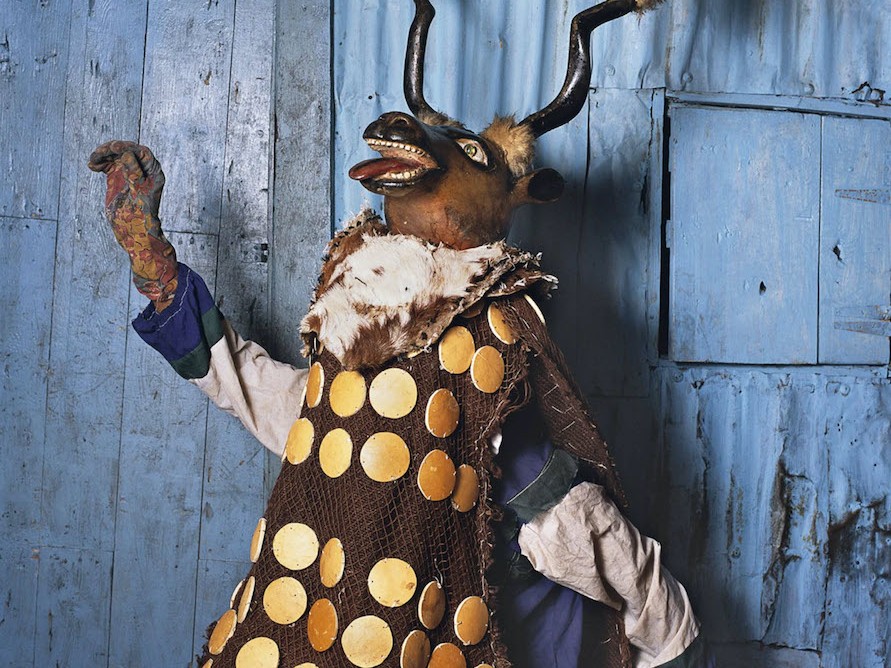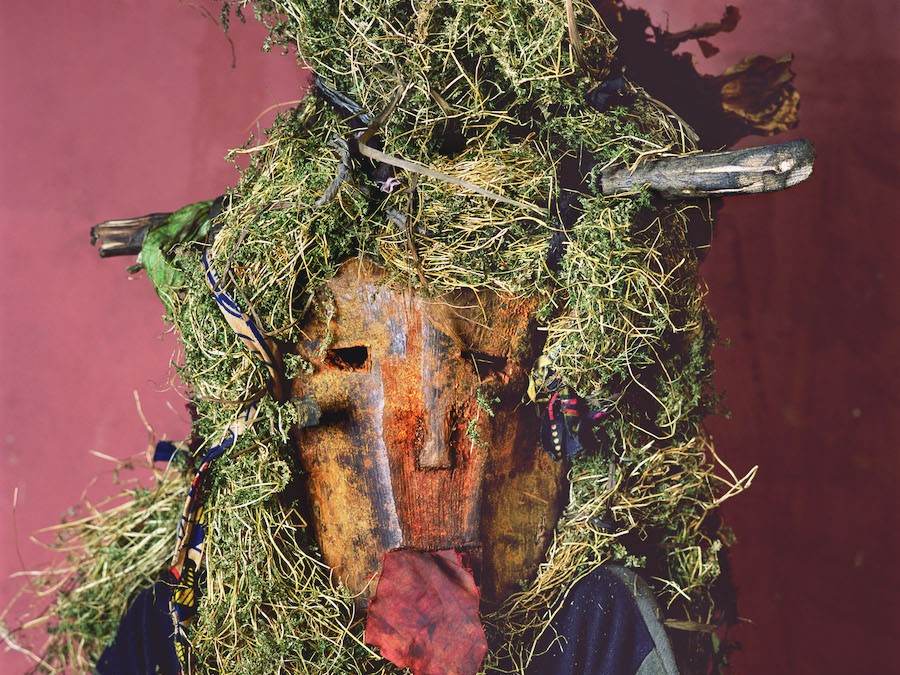Share this!
Nelson Mandela’s Life After Prison
Life After Release from Prison
“My friends, comrades and fellow South Africans,” Mandela began, “I greet you all in the name of peace, democracy and freedom for all.”
Those were the words that Nelson Mandela uttered before a massive crowd that gathered in front of the Cape Town City Hall balcony. They were there to listen to him speak after his release from Victor Verster Prison on that bright summer afternoon of February 11, 1990. Mandela walked out of the prison gates hand-in-hand with his then-wife Winnie Madikizela, fists raised, after 27 years of imprisonment.
The African National Congress’ increasing armed resistance and international pressure on South Africa were both factors in the dismantling of apartheid and the unconditional release of Mandela, the last of Rivonia trialists who was still in jail.
Mandela wasted no time to go back to politics. The first things he did were to tour Africa and internationally to build the prestige and resources of ANC by delivering speeches, holding meetings with various groups, giving media interviews, and urging the leaders of the international community to continue the sanctions against South Africa.
In the end, amidst the continuing turmoil that threatened to tear South Africa apart from the inside, Mandela charmed then-president F.W. de Klerk to give the people a fixed date for the first-ever non-racial election in South Africa.
“For their work for the peaceful termination of the apartheid regime,” Nelson Mandela and F. W. de Klerk won the Nobel Peace Prize in 1993.
Presidency
The majority of black South Africans felt that only Mandela can lead them, even when he was in exile. The overwhelming consensus was that if Mandela were released and ran for office, he would no doubt be the light to lead them out of the entrenched darkness of the apartheid.
After a series of tense negotiations between the ANC and de Klerk’s administration, a date was set for the first-ever democratic election.
On April 27, 1994, Nelson Mandela voted for the first time in his life. His party won by a wide margin, but not so wide that would make white South Africans worry about a monopoly taking place.
Mandela was long expected to take the leadership position not just within ANC but within a democratically elected government. Those expectations finally came to bear fruit on May 10, 1994, when Mandela was sworn in as the first democratically elected president of South Africa.
Mandela immediately launched into a reconciliatory course of action. He worked with bitter political opponents to institute a program of national reconciliation embodied in the Truth and Reconciliation Commission where atrocities on both sides – the white minority-led government and the ANC – had to be accounted for. On this occasion, some apartheid victims were even given the opportunity to confront their perpetrators.
While he was criticized for accommodating his opponents, Mandela insisted that the new Government of National Unity could only be successful if there was a broad coalition between ANC, which dominated the stage, and the New Party led by now Deputy President F.W. de Klerk. While the right-wing was still reluctant to fully hand in the reins of power causing occasional tensions to arise, Mandela’s gesture to represent a government for all was credited for averting bloodshed.
Aware of the precedents that led to the fall of the socialist states in the Soviet Union, Mandela decided that South Africa would be a market economy even though he called for the nationalization of land, gold mines and banks in the 1955 Freedom Charter, which he helped create.
One of the many legacies of apartheid was the huge disparity in the wealth and services available to the white and black populations. Mandela’s government attempted to address this by safeguarding the right of labor tenants in the farms, increasing welfare spending, and ensuring that the most economically disadvantaged be provided the basic necessities of a dignified life: housing, access to water and utilities, healthcare and education.
But nearly depleted financial reserves meant South Africa had to open up to foreign investments and implement policies imposed by the World Bank and the International Monetary Fund, if they were to remain economically afloat for the duration of Mandela’s term and thereafter. This strategy, however, did not sit well with many in the ANC who criticized Mandela for defending this neo-liberal policy which failed to fully address the social inequality that he and the ANC bitterly fought for.
Critics were also accusing Mandela’s government of doing little to prevent the pandemic of HIV/AIDS, increasing crime rates, and even corruption. During his term, South Africa experienced a significant brain drain of the elite white population due to affirmative action that gave preference to black South Africans.
Five years was perhaps a short time to accomplish sweeping changes Mandela had hoped for, but true to his word, he stepped down as South Africa’s president in 1999 and ceded the position to Thabo Mbeki, his deputy. It was around this time that Mandela married his third wife Graca Machel, the widow of Mozambican president Samora Machel.
Twilight Years ’til Death
In 2004, Mandela famously declared that he was retiring from retirement, a statement that provoked knowing laughter from those who have seen him still actively participating in various advocacies and campaigns after his official public duty was over.
Mandela indeed needed to retire, for good and away from the public limelight. Right after the end of his presidential term, he established the Nelson Mandela Foundation (which in 2010 would become the Nelson Mandela Centre of Memory) to create an archive of his life and times, and encourage dialogue to promote social justice. (In 2004 when he relaunched NMF as a Centre of Memory and Dialogue, he wanted it to focus on recovering memories and stories suppressed by power.)
He continued raising funds for the Nelson Mandela Children’s Fund, a grant-making body he established in 1994 that aims to help children rise out of poverty. Those interested in the post-graduate program could apply for a scholarship from the Mandela Rhodes Foundation. All other endeavors that were not within the scope of the NMCF and MRF were taken on by the NMF whose main thrusts were rural education, eradication of HIV/AIDS, and peace and reconciliation.
Even after several ‘retirements,’ however, he was not officially retired until 2010. Even after stepping down as president, his presence continued to be felt not just around Africa but around the world. Mandela, who by this time was known the world over as “Madiba” (his Xhosa clan name that denoted deep respect) was bound to make a television or live appearance before huge audiences regarding any discussion involving freedom, equality and social justice.
He also found time to write books. “Conversations With Myself,” “Let Freedom Reign,” and “Nelson Mandela, In His Own Words” were just a few of the many. His memoir, “Long Walk to Freedom,” chronicled his journey from his early life to his life in prison. The drafts were smuggled out of Robben Island by fellow inmate Mac Maharaj, and they finally saw the light of day as a published book in 1994.
When he was still in jail, Mandela had recurring bouts with lung disease, in part due to the damp conditions he endured in prison. He finally succumbed to complications of a lung infection on the night of December 5, 2013, after a prolonged illness. He died in his home in Johannesburg surrounded by his wife and ex-wife, children, grandchildren and great-grandchildren. He was 95.
With Mandela’s influence reaching far beyond the borders of South Africa, his death was cause for deep mourning not just among South Africans. Foreign dignitaries and celebrities paid tribute to “Tata,” the father of the nation, during his state funeral. After that, the coffin bearing his remains was driven back to his boyhood village of Qunu where a private, traditional Xhosa burial ceremony followed. He was buried in the family plot surrounded by the same gentle hills that were his boyhood playground.






